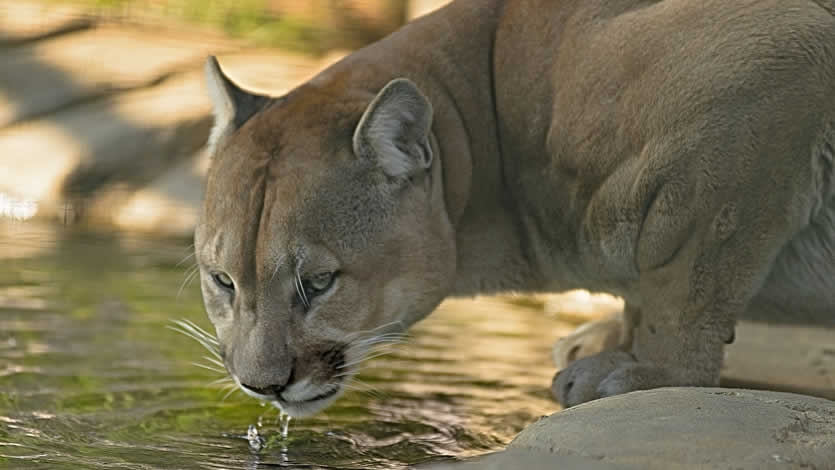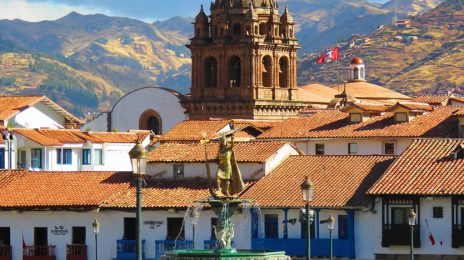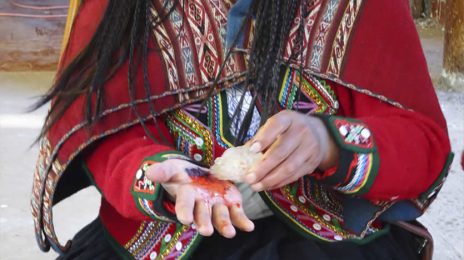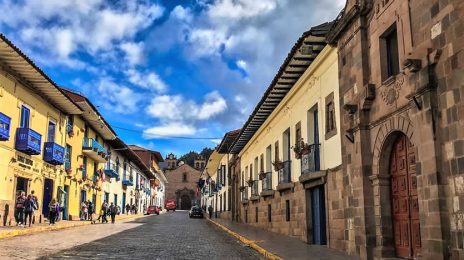Why Was Cusco Shaped Like a Puma
Friday April 21, 2023 | Culture | Posted by Team About Cusco
It isn’t a surprise that Cusco is a city filled with ancient mysteries. All these mysteries give Cusco a charm that cannot be found anywhere else in the world. Many questions may arise whenever you walk through the narrow streets of San Blas, sit on the stunning Plaza the Armas, or look upon the city from the old Inca fortress Sachashuaman. Why did the Incas decide to build their capital here? How did the Incas carry such big stones? How did they make it without using cement? And last but not least: Why was Cusco shaped like a Puma?
You might be thinking now: Is Cusco really shaped like a Puma? Well, nowadays, it is hard to see the old contours of the ancient Inca capital, but back in the old days, it was indeed shaped like a Puma. And Sacsayhuaman used to be the head of the Puma, the essential part of the sacred animal. The old fortress was also used to defend the city against foreign intruders and was thus of high importance for the old habitants of the ancient capital.

But why was Cusco shaped like a Puma then? This all has to do with ancient Inca mythology. To wit, the Puma, or the Andean lion, as they used to call them, used to be a sacred animal for the ancient Incas.
But there is more. The Incas had a holy Inca cross called a ‘Chakana‘ in the indigenous Quechua language. A Chakana represents the three stages of human life according to the Incas. These three stages include the underworld, life on earth, and heaven. All these three stages are represented by animals that were sacred to the ancient Incas. For example, a serpent represents Capitulary, the underworld, the life on earth by the divine Puma, and life in heaven gets characterized by the condor. Therefore, the Puma represented the power of the earth and the land of the living (Kay Pacha in Quechua).

However, this isn’t the only thing connected to the mighty Puma. The Puma also symbolizes strength, courage, and willpower. These powers were especially needed for defending the whole kingdom against other cultures and, eventually, against the Spaniards.
And this strength, courage, and willpower were needed when the Incas launched their siege of Cusco in 1536. The goal of this attack, which lasted eight months, was to recover the power of the emperor Manco Inca in his old kingdom. The siege was mainly coordinated from the fortress and also head of the Puma, Sachayhuaman, where most weapons were stored and where the Inca chiefs had their refuge. The Incas had far superior numbers, employing approximately 150.000 Inca warriors, but the Spanish had material superiority, mainly because they had horses and steel armor.

The soldiers put on their heavy armor, mounted their horses, and rushed northwards through the crowd of Inca soldiers to the fortress. Sacsayhuaman was fully packed with archers, slingshot soldiers, and Inca knights. Especially the warriors that attacked from a distance proved successful, as they even killed the Spanish general Pizarro during this siege. However, it took only a short time until the Spanish got the upper hand and could conquer the fortress.
The Incas fought hard and showed strength, courage, and willpower, like the sacred animal of the Puma. The turning point of the siege of Cusco was the capture of the head of this Puma, Sachayhuaman. The conquest of this famous landmark also marked the Incas’ loss of courage and willpower. This is just a symbol of how important the Puma was for the old Incas, which is why Cusco is shaped like a Puma.
Do you want to visit the fortress of Sacsayhuaman?
Sacsayhuaman is easy to reach, as it’s nearby Cusco. Walking will take about 20 – 25 minutes, just because it’s a steep path. The fortress is open to visitors daily; we recommend you go in the morning. The entrance of Sacsayhuaman is included in the Cusco Visitors Ticket or Boleto Turistico. If you like to book an organized tour, we recommend the Cusco city tour, which consists of a visit to the Cathedral, Qoricancha, Sacsahuaman, Qenqo, Puca Pucara, and Tambomachay.
For other tours or activities in Cusco, check this overview with recommended tours in Cusco.





Leave a Reply